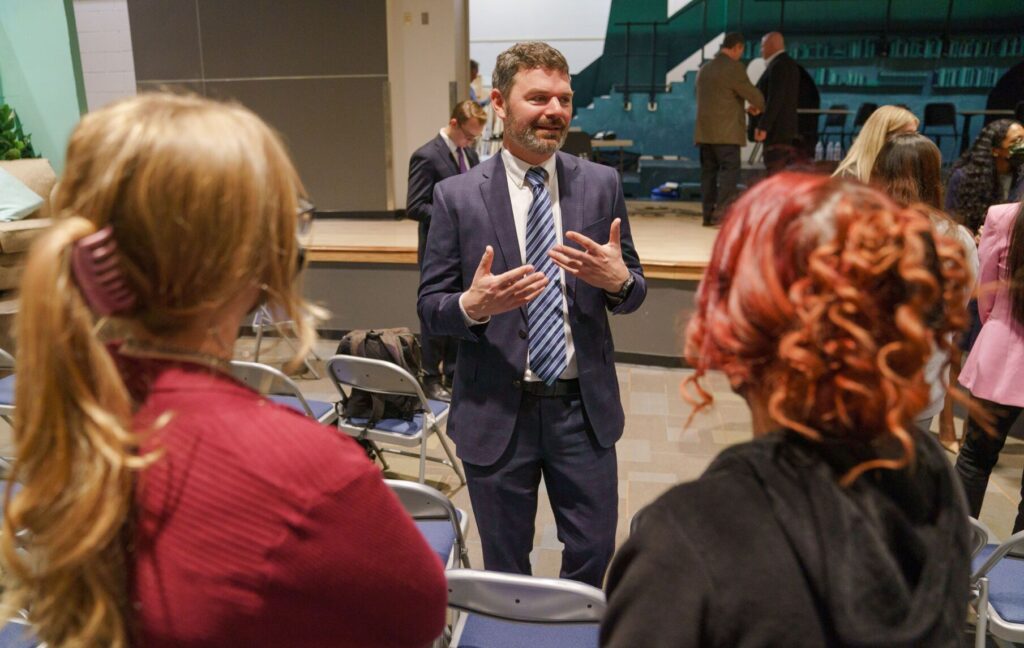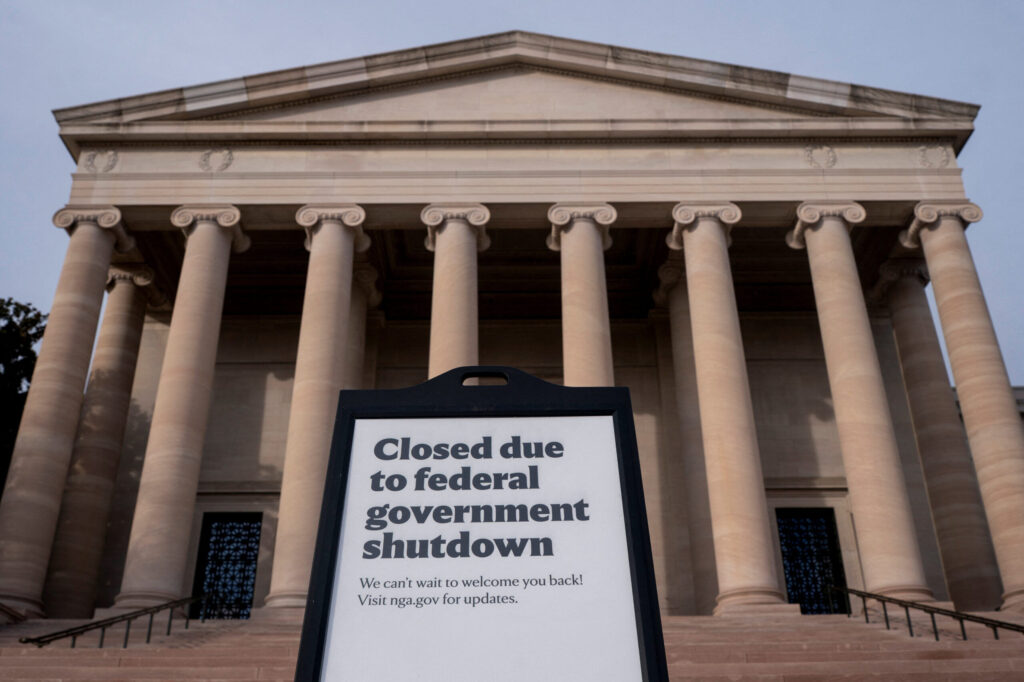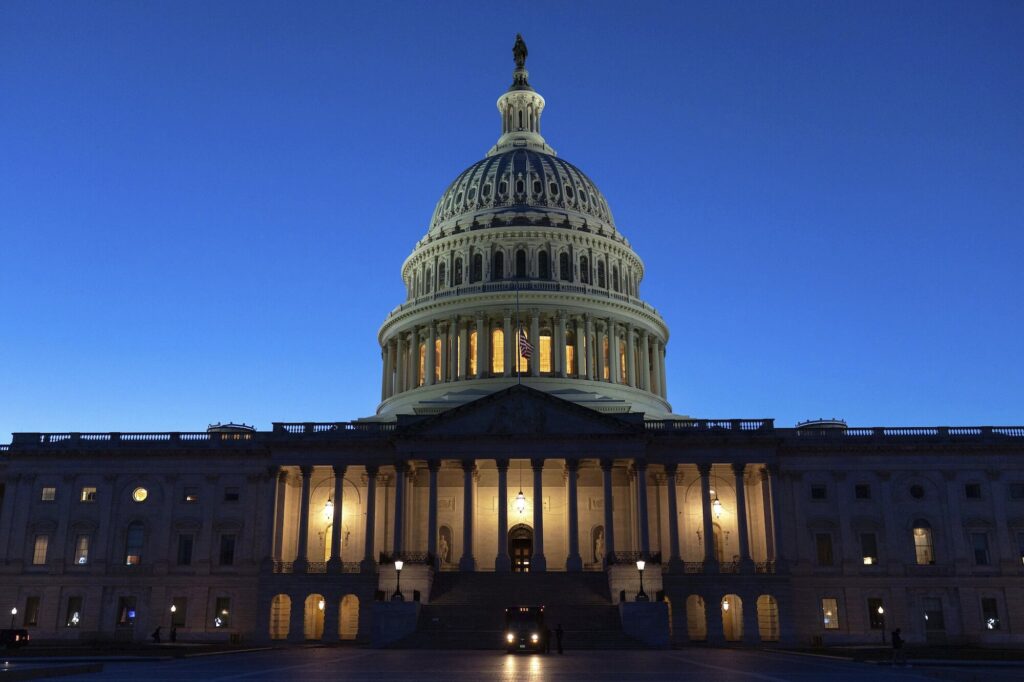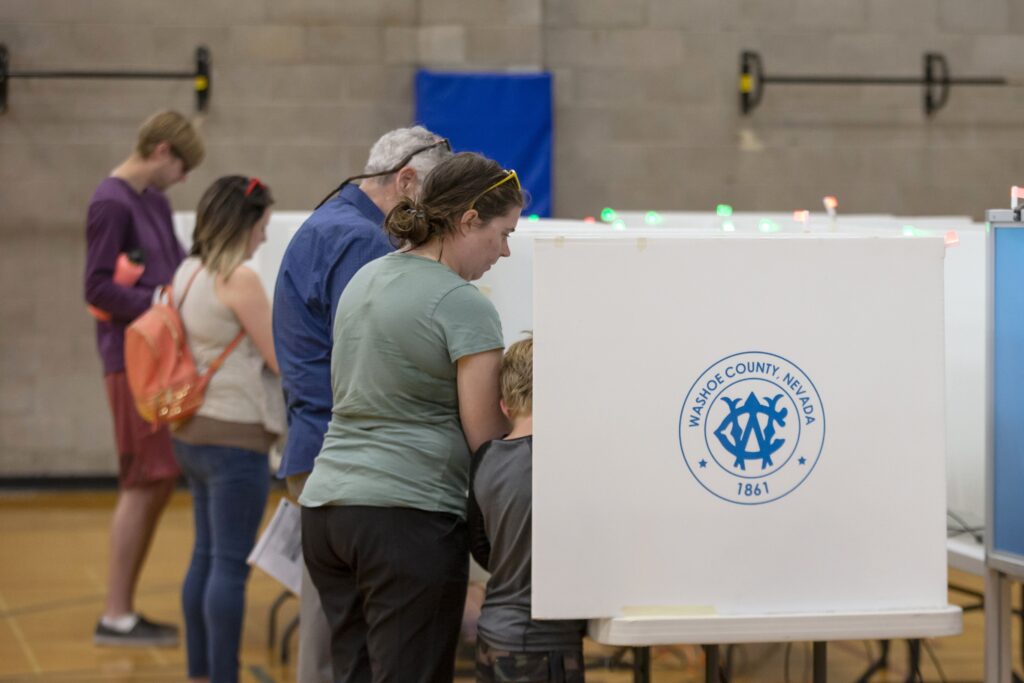New $11-million Denver public safety office was announced before ‘strategic plan’ was developed
When announcing a new public safety office that will emphasize “racial and social equity” earlier this month, Denver Mayor Mike Johnston and other officials offered few details on specific strategies or day-to-day operations of the new entity.
The reason? The city appears to be building the plane while flying it.
The Office of Neighborhood Safety is still “collaborating” with the city’s Peak Team in order to “evaluate the operations, resources and programming of agencies transitioning from the Department of Safety to the Office of Social Equity and Innovation.” Created by then-Mayor Michael Hancock in 2011, the Peak Team aims to “increase taxpayers’ return” on their investment in city government by providing staffers with tools to make “data driven decisions.”
In a statement, the city said that analysis, once completed, will guide the development of the Office of Neighborhood Safety’s “mission, vision, values and strategic plan aimed at fostering safer and more equitable neighborhoods.”
That “strategic plan” will then “inform the tactics that will be used to meet identified goals based on existing resources and caseloads.”
The city relayed the information — that it has yet to come up with a vision or a strategic plan — more than a week after officials touted the launch of the new office that will pool resources from other programs and units, notably from the Department of Public Safety.
It’s not immediately clear how the move would affect the work of the Department of Public Safety, which is expected to effectively lose roughly $28 million this year from cuts to its budget and reallocation of funds.
The city, which has been looking for ways to save money to pay for its response to the illegal immigration crisis, has proposed cutting agencies’ budgets, including $16.9 million from the public safety department, which includes fire, police and the sheriff’s office. Add the $11 million for the Office of Neighborhood Safety — money that will come from the Department of Public Safety — and the agency is looking at $27.9 million of its funds being redirected to other places.
The city has insisted the proposed cuts to help pay for the immigrant crisis will not result in fewer officers on the street, pointing to budget shuffles of unspent police funds and a proposal to shift financial responsibility for training officers who work at the Denver International Airport to the airport as reasons for optimism.
While it remains unclear what the Office of Neighborhood Safety’s daily operations would look like, the city said it will draw in entities that currently engage in, among other initiatives, supporting the city’s “violence reduction model,” promoting “positive youth diversion and intervention programs” and partnering with juvenile or adult criminal agencies to “support diversion and outreach services for justice-involved individuals.”
As announced on May 13, the new Office of Neighborhood Safety brings together four major city programs, including the Support Team Assisted Response and youth safety programs, under one office, which seeks to keep communities safe in ways that, Johnston said, don’t require law enforcement.
Officials said the new program will transfer $11 million and 65 employees from the Department of Public Safety to the Office of Social Equity and Innovation (OSEI), and the new office will encompass resources under the Safety Youth Programs, the Office of Community Violence Solutions, The AID Center, and STAR 911 Operations.
The city said the positions being transferred to the Office of Neighborhood Safety include deputy and agency directors, case managers, diversion officers, youth counselors and judicial assistants.
Calling it a “strategic reallocation of resources,” the mayor’s office said the move “marks a significant shift from the Department of Public Safety to OSEI.”
While the specifics are sparse, the new office’s overarching goals are not. One of them is to “dismantle systemic barriers” and create “targeted solutions for historically marginalized populations,” the city said.
As envisioned, an advisory board will effectively serve as the oversight panel for the Office of Neighborhood Safety; that it will “engage deeply with the community” to incorporate the public’s input into the structure of that advisory board; and, that feedback from the board and collaboration with citywide community engagement teams will “also inform the operational direction of ONS’ work.”
The city added that the structure and operational format of the board would be determined by a yet-to-be-convened council, which has yet to develop the criteria for evaluating applicants.
The new information suggests that Johnston’s administration announced the new office without having first put into place what the city called the “foundational elements.”
By embracing a “social equity” approach, the Johnston administration appears to have adopted the critique, espoused by progressive Democrats, that American society is suffused with “systemic” injustice, with law enforcement as one of the expressions of that inequity. The opposite view is that American society, even with its flaws, offers equal opportunity to everybody regardless of race and with laws that are fairly applied.
The city’s shift away from a law enforcement approach to “social equity,” in this instance, is occurring even as violent crimes among youth have increased over the last several years in Denver. A Denver Gazette report found that overall youth crime rates in Denver have fallen, but there has been a spike in violent crimes. Murder committed by juveniles, for example, jumped by 210% since 2010. Other violent crimes only increased by about 15%.
Youth violence came into sharp focus after two separate incidents at East High School last year, when a student was killed in his car after school and a student shot two deans, and a high-profile shooting by a minor downtown that left six victims.
The debate over which approach to adopt — “social equity” or tough-on-crime — has been playing out across multiple levels of government over numerous areas of public safety in Colorado.
Notably, Colorado found itself atop most lists of states with the highest car thefts and associated crimes in the last several years — record-breaking numbers that had been accumulating since 2020 and which put pressure on the governor and legislators to respond.
Many blamed a 2021 law that, among other things, made it a Class 1 misdemeanor to steal a car if its value was less than $2,000. Last year, lawmakers, upon the urging of Gov. Jared Polis, reversed course and passed a law that made all car thefts a felony, decoupling the severity of the crime from the value of the car and tying it instead to behavior so that the penalty becomes more severe with repeat offenders.
State officials have since credited the law’s reversal — along with more funding to fight car theft, public awareness and vigilance, and more focus by local governments — for the sharp decline in car thefts in the last four months of 2024. The state reported 8,109 car thefts or roughly 67 cars stolen per day from January to April. During the same time last year, 11,643 were reported stolen. In 2022, the figure was even higher at 14,698.
The launch of the new office in Denver also stands in sharp philosophical contrast to Aurora, which is considering making permanent its mandatory minimum jail sentences for car theft and is poised to put the entire I-225 corridor under a new trespass ordinance, in which individuals would be ticketed and given a date to appear in court.
Currently, people camping along the interstate are given a 72-hour notice to move and, if they do so, they are not penalized — even if they set up tents in another unauthorized location. The new proposal takes away the 72-hour notice and results in immediate tickets to individuals, making them subject to arrest if they don’t appear for their court dates.
Reporters Nico Brambila and Kyla Pearce contributed to this story.










